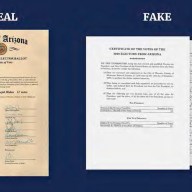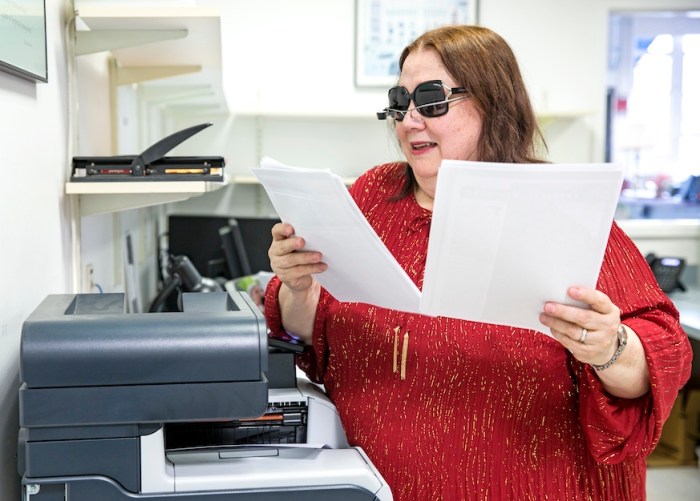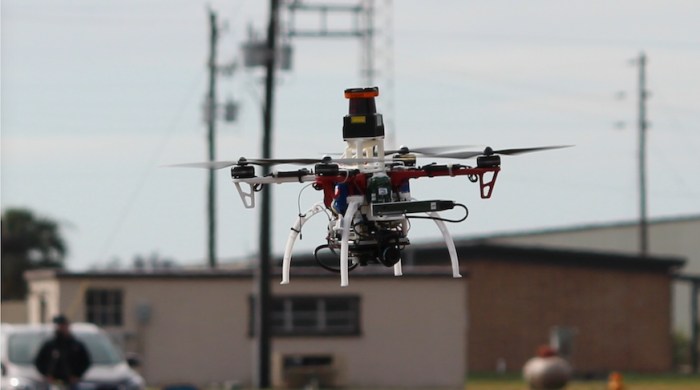A new wearable aims to transform tweaking into musical beats. The Booty Drum attaches to a user’s derrière and records various body movements through accelerometers, translating the signals into “unique velocities and triggers”. The once-off ‘Real Booty Music’ project sees a collaboration between Danish headphone manufacturer AiAiAi and Eindhoven-based tech firm OWOW. “It feels a little weird when a couple of guys are shaking their asses in studio,” Pieter-Jan Pieters, head of design at OWOW, told Metro. How does it work?
The dancer has a device on each buttock. When they move a cheek up or down, it wirelessly triggers a sound to play on the computer. Left cheek up – ‘Sound 1’, left cheek down – ‘Sound 2’, right cheek up – ‘Sound 3’, right cheek down – ‘Sound 4’, both together – ‘Sound 5’. So you can play five different sounds at once. Who will use it?
For now it was a one-time prototype. We created it specifically for this purpose, and for us to see what was possible. But if we develop it further it could be used on stage or in dance routines.
Why have you made the Booty Drum?
We’ve been working on a range of music instruments that you can control by movement for the last couple of years. It’s based on the idea of creating instruments that you play much more intuitively. When AiAiAi contacted us about doing a fun project around twerking, it sounded super fun for us to develop a dedicated kind of instruments based on the booty shaking, and we started brainstorming about what kind of instrument it could be. We did not want to incorporate everything inside a user’s pants and make it unseen, but instead make visible instruments that clip on magnetically. Ordinary musical instruments are not your taste, no?
We wanted to show that everything is possible. There are new methods in making music besides the traditional way. Nowadays, digital or electronic instruments are mostly just digital versions of old acoustic instruments; these instruments are based on pure physical and mechanical principals. With electronic instruments, everything is possible – we don’t have to follow these old rules any longer. What kind of new sounds are you creating with twerking?
The point is not to create a new type of music, it’s more to show there are different ways to create it. For example, in a fashion show, the designer pushes the limits of what’s wearable. In real life, you narrow it down to something useful and practical for more people to use. We’re not pushing technology, since that’s not the hardest part in this project, but more in ways of using different methods to create music. Have you tried out the device?
[Laughs] Everyone at the office tried it. It feels super fun, especially if you have a small movement trigger a massive sound. But it’s a little weird when a couple of guys are shaking their asses in the studio.

















